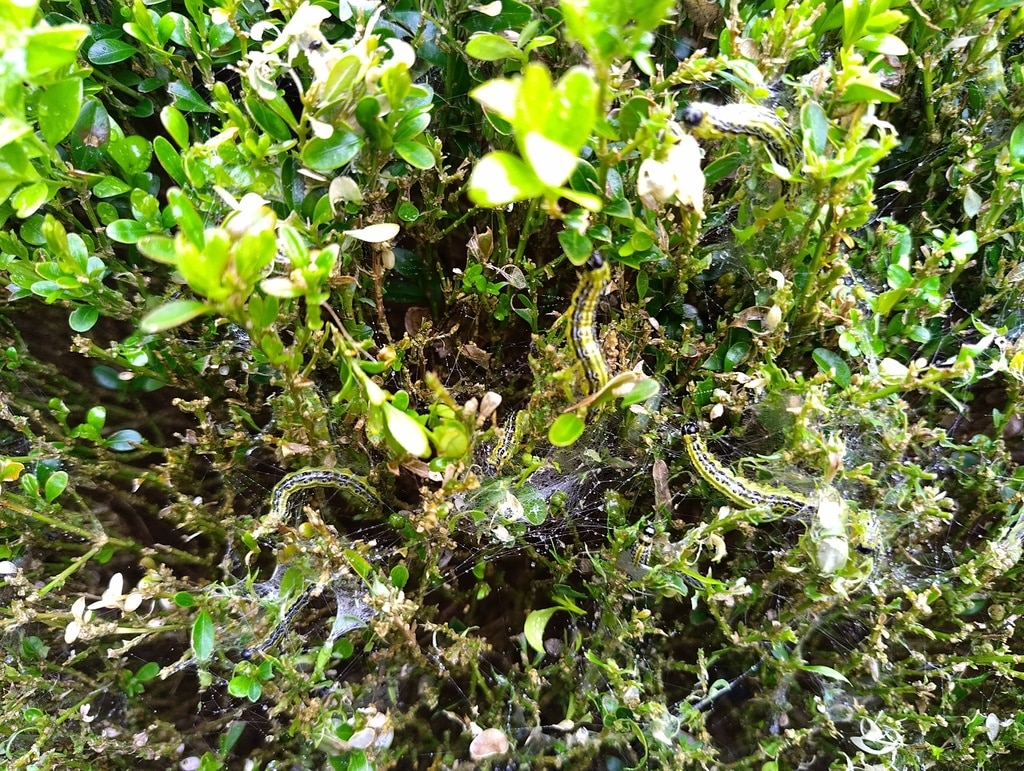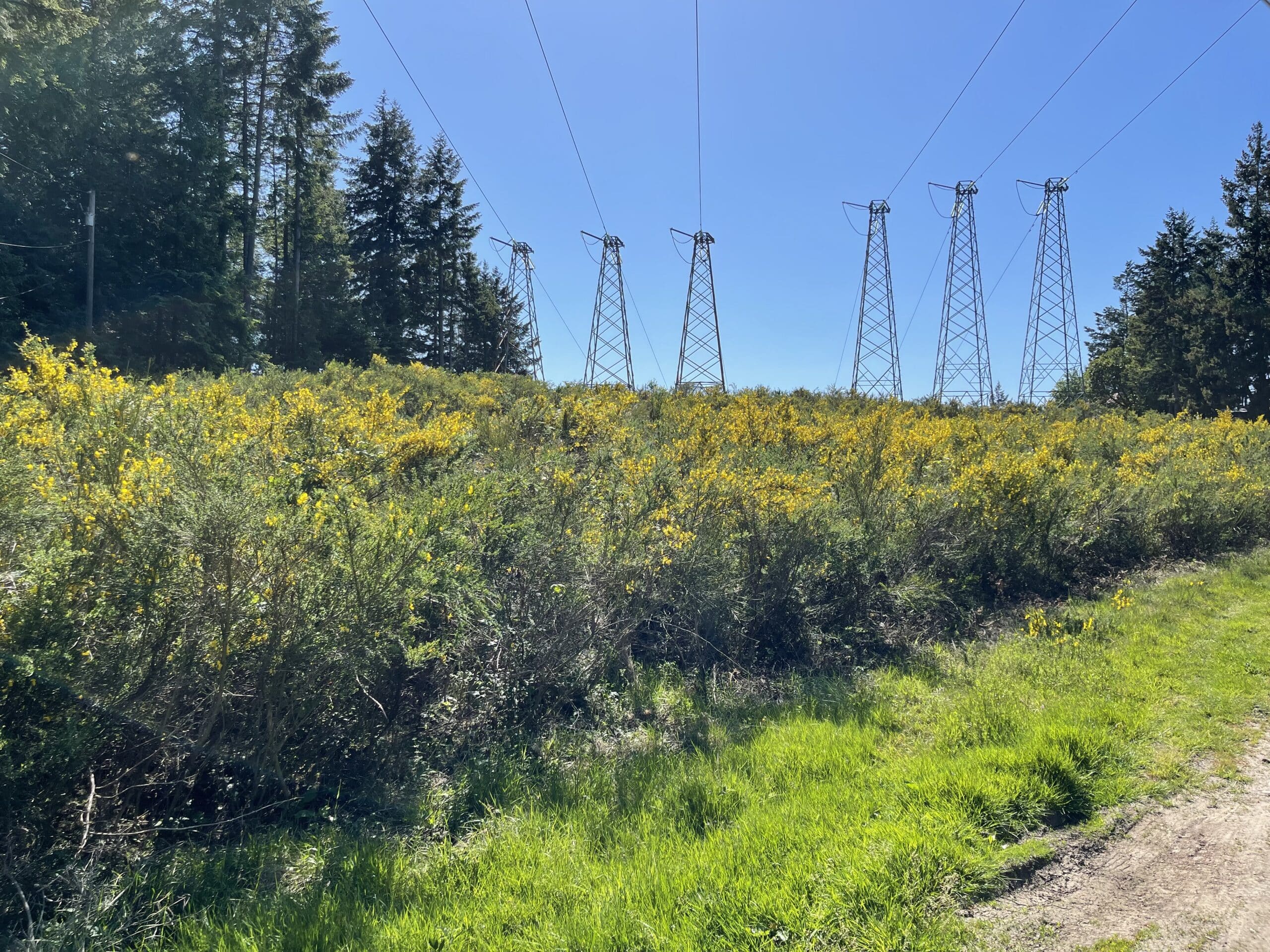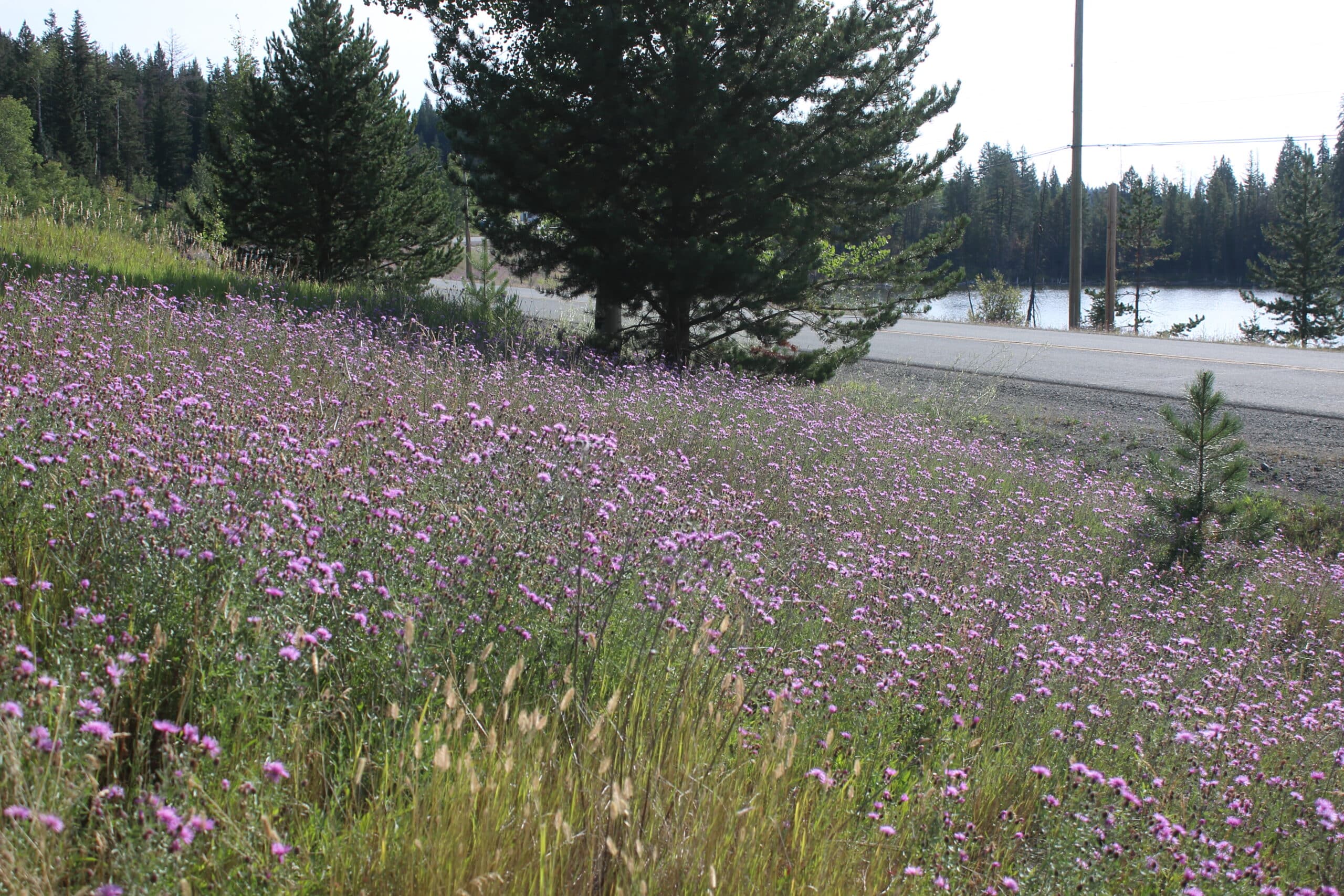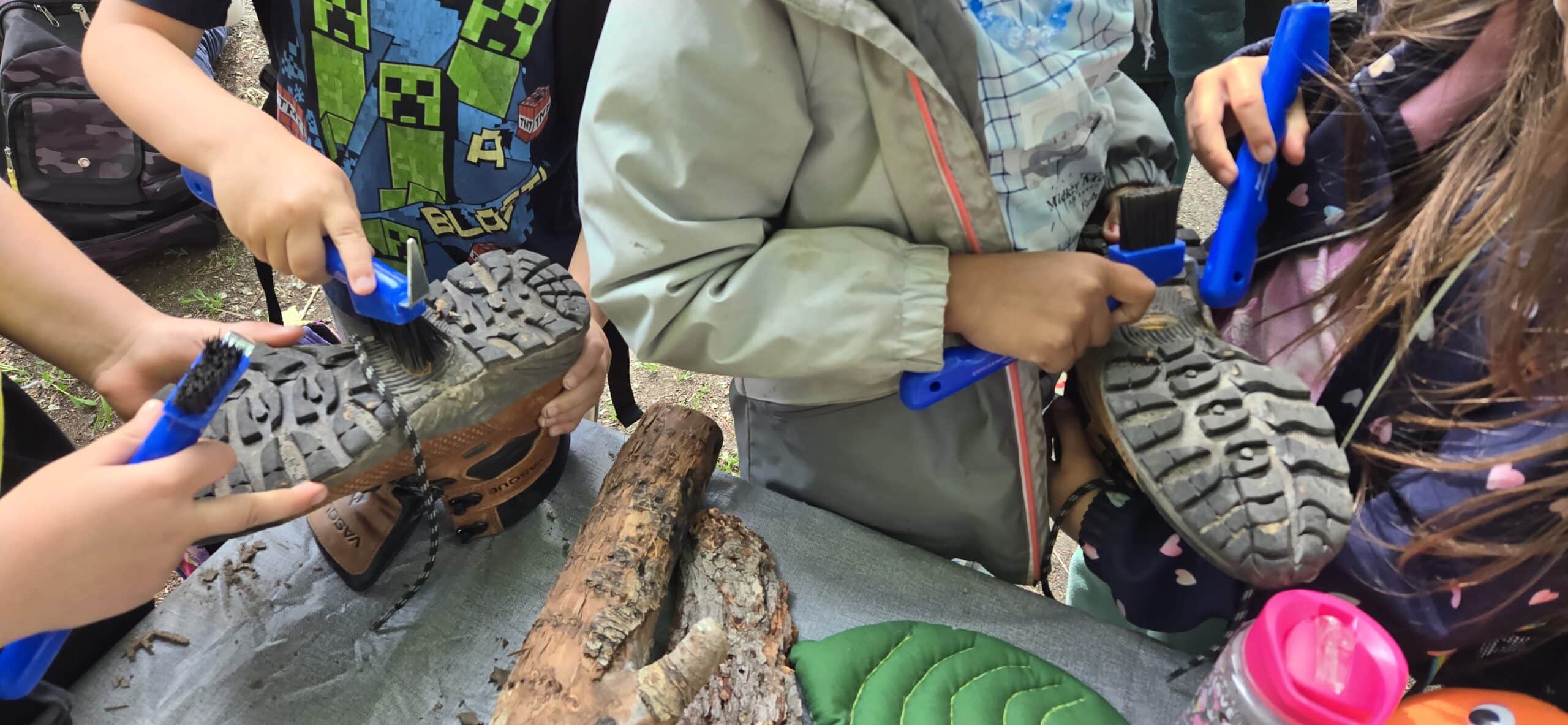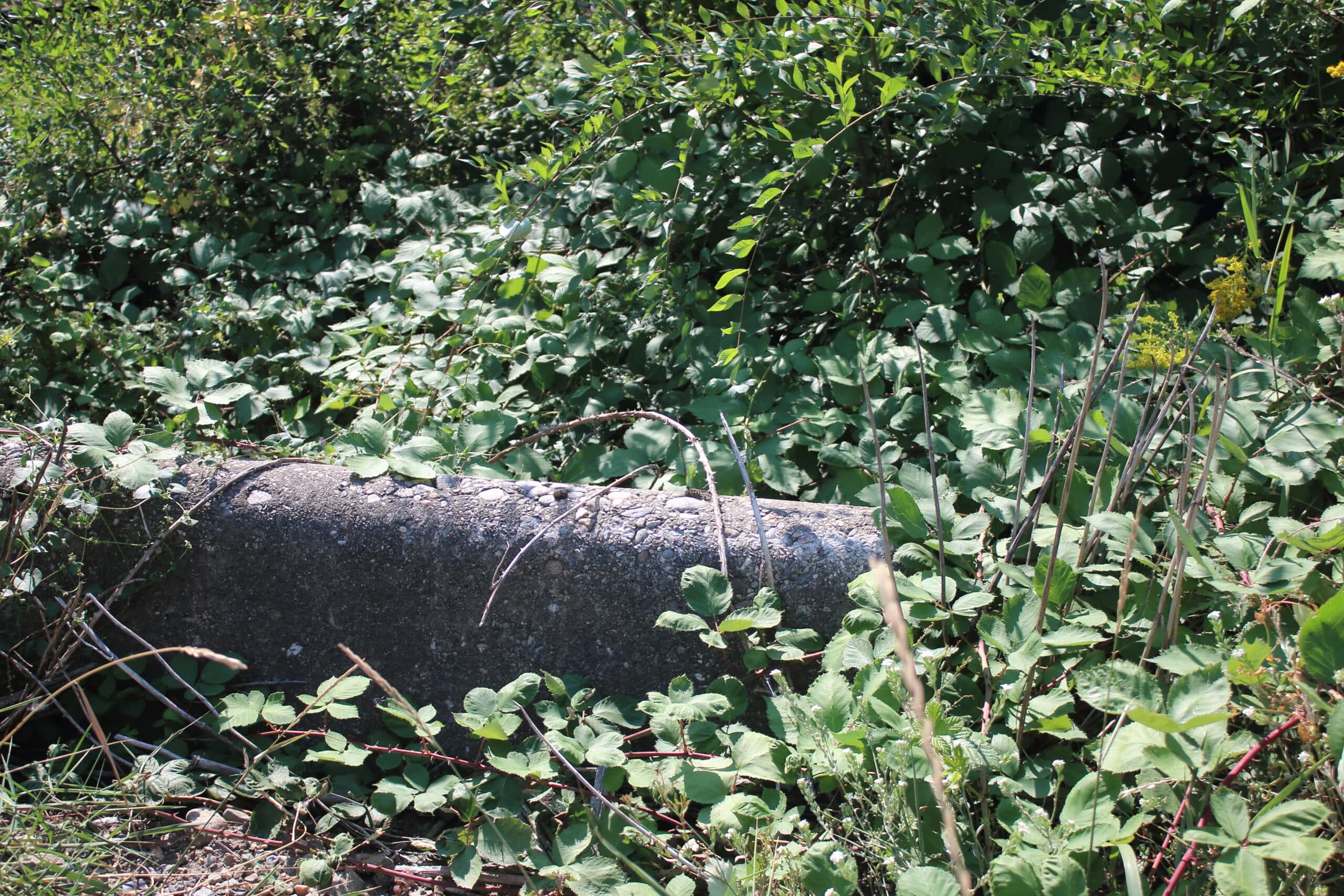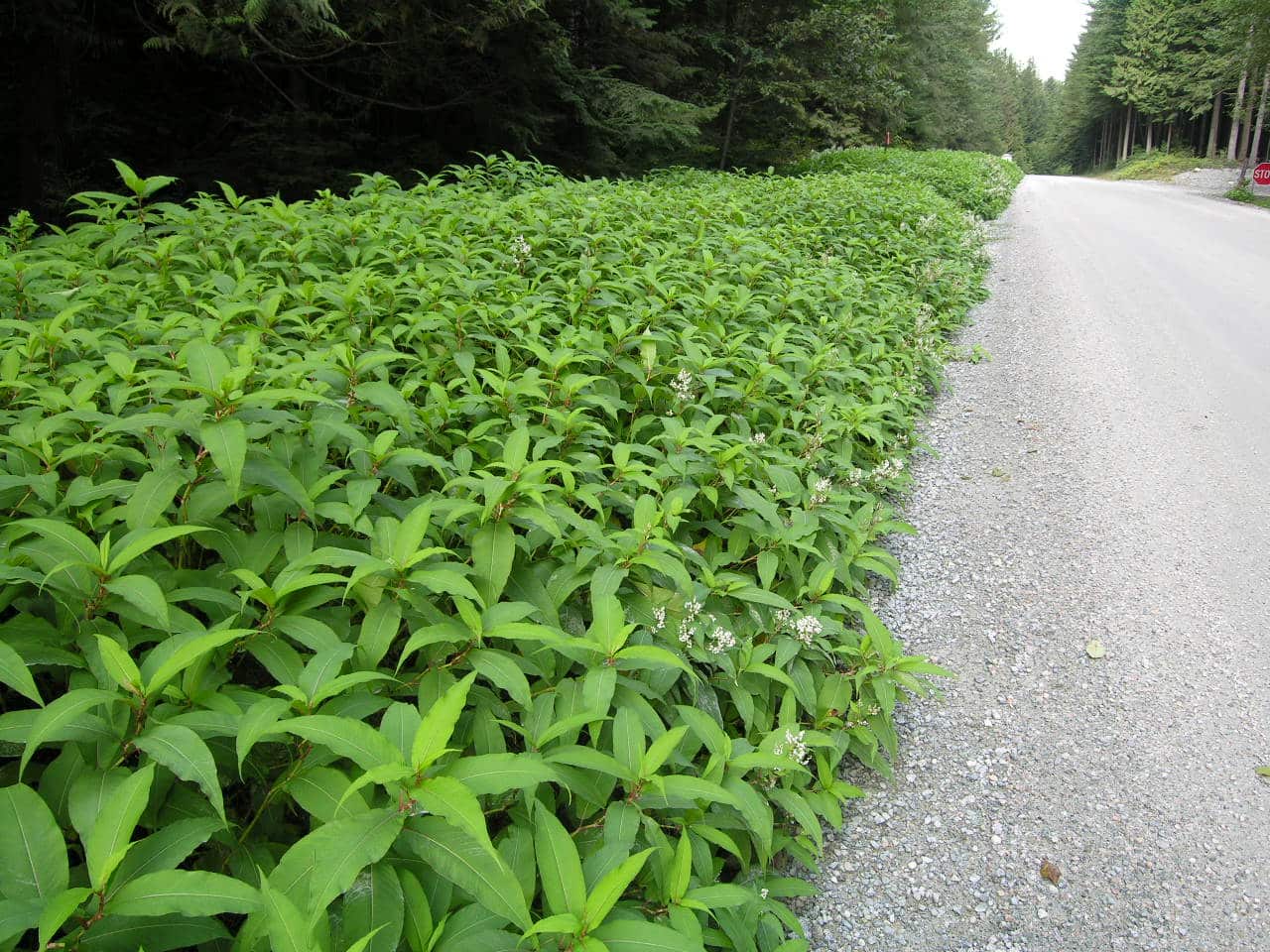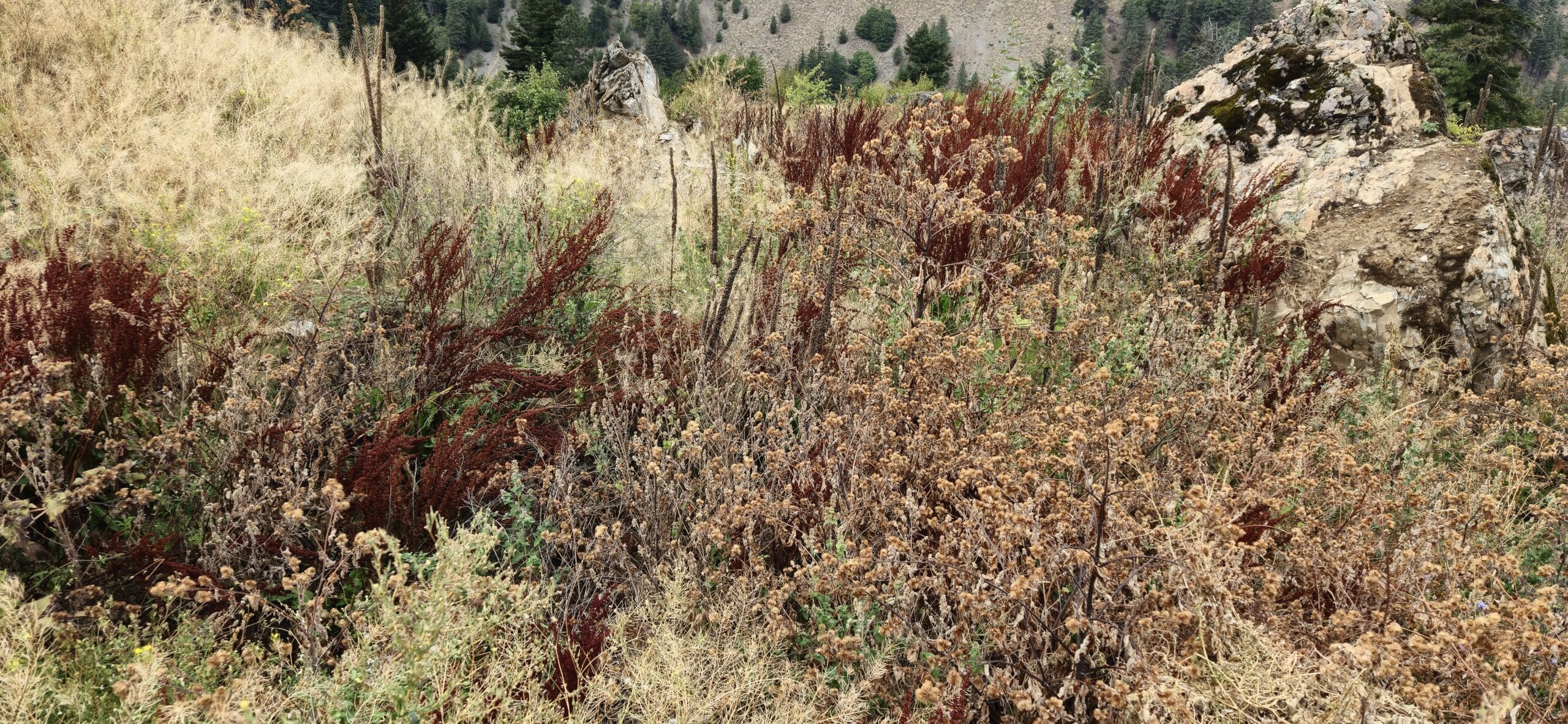By Lisa Houle | May 10, 2024
For plant lovers looking for a dense, low maintenance hedge that tolerates a variety of growing conditions and responds well to shaping, the boxwood is a popular choice. With many different varieties and topiary possibilities, this plant is deer-resistant and bee friendly. Unfortunately, boxwood can also host an invasive species that can do a lot of damage.
The invasive box tree moth (Cydalima perspectalis) is a serious pest affecting boxwood (Buxus spp.) shrubs in parts of Canada. Detected in Ontario in 2018, box tree moths have since been found in Quebec, New Brunswick, Nova Scotia, P.E.I., and Newfoundland. So far it hasn’t shown up in B.C. – and we want to keep it that way!
“Box tree caterpillars feed primarily on the leaves of boxwood shrubs and when heavy infestations result in complete defoliation, they will move to eating the bark, destroying the host plant. You will often see a loss of leaves and webbing,” said Nick Wong, Science and Research Manager at ISCBC. “There are several noticeable stages to an infestation. Eggs are laid in clusters and hatch in about three days. The caterpillars that emerge are green with thick black stripes and thin white stripes along the body. When mature, they pupate in a cocoon of spun white webbing before emerging as medium-sized moths. One colour variant has white wings with thick dark brown border trimmings, the other has brown wings with small white streaks on the forewing.”

Keeping this pest out of BC is a top priority. And the Canadian Food Inspection Agency needs your help! A recent Instagram post published by the Agency is appealing to community science sleuths in B.C., N.B. and P.E.I. interested in making their observations count. Homeowners across the three provinces can request a monitoring kit, and put their powers of observation to work, becoming box tree moth detectives by keeping an eye on their shrubbery for any activity.
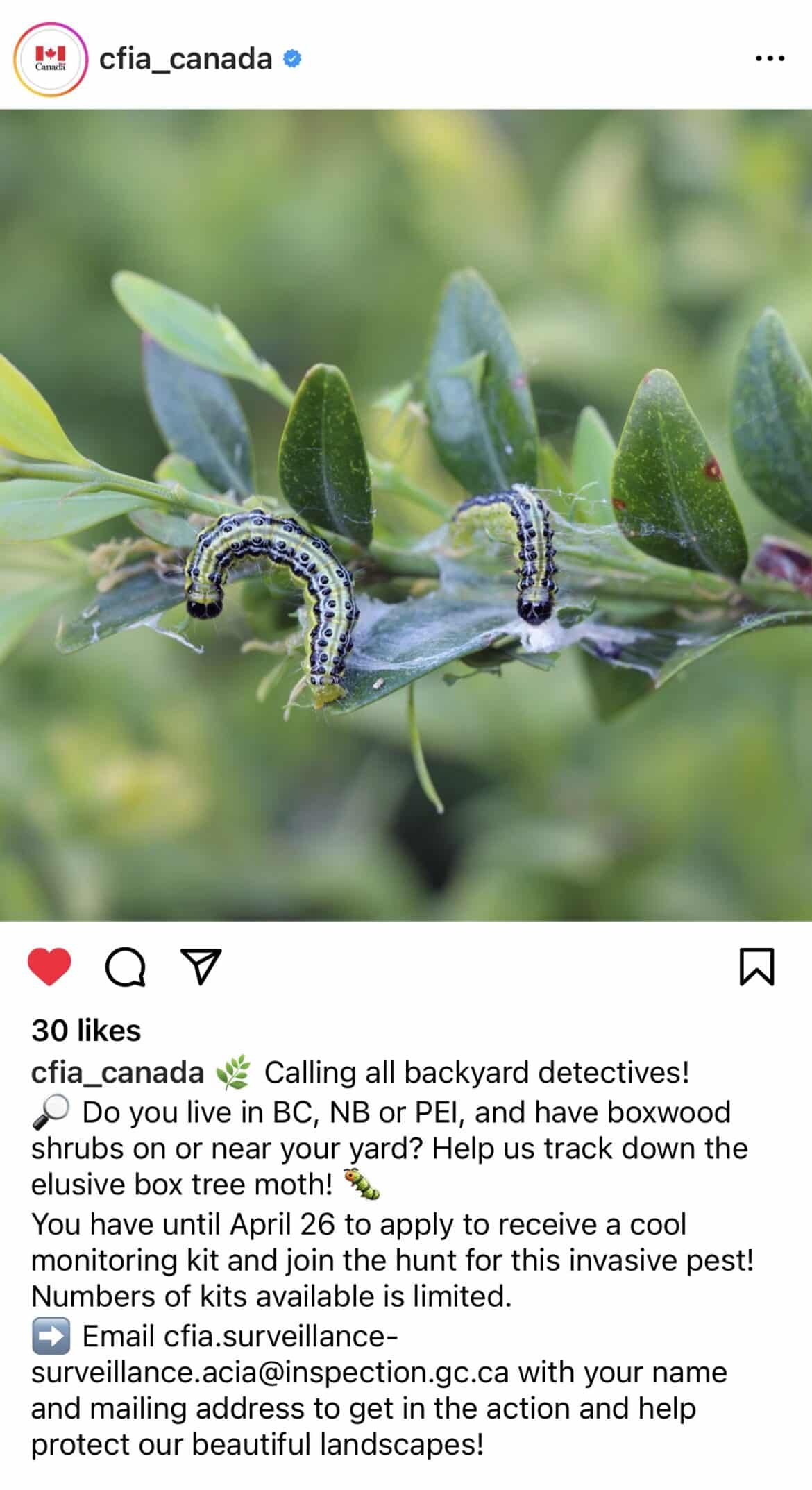
“Observations by the public are so important,” said Nick. “Box tree moth was originally discovered in Canada thanks to a community scientist contributing their findings to iNaturalist. We can all continue to make a difference by observing and reporting sightings of invasive species.”
Previously, the USA placed trade restrictions on Canadian boxwoods in response to box tree moth infestations. In a decision from the United States Department of Agriculture’s Animal and Plant Health Inspection Service (APHIS), effective December 19, 2023, entry requirements were relaxed from certain parts of Canada. B.C. is recognised as a pest-free area. As boxwood trees are currently being monitored in B.C., the APHIS will accept imports of boxwood with official survey data provided by the Canadian Food Inspection Agency.
“This is a powerful example of the economic impact of just one invasive species,” said Nick. “Now more than ever, it is important that box tree moth is kept out of B.C.”
Like other wood-infesting species, one of the ways that box tree moth can spread is when it’s moved in logs or firewood, establishing itself in new areas.
“When we stop moving wood from one area to another, we stop the spread of these invasives,” said Nick. “Just making this one change can make a huge difference.”
Visit the CFIA website for more info on box tree moth or to report a sighting.
Lisa is a Communications and Outreach Coordinator at ISCBC. She values a diverse environment and connecting with others about environmental protection. In her spare time Lisa enjoys spending time at the ocean and beach combing for sea glass. You can reach Lisa at lhoule@bcinvasives.ca
Share


